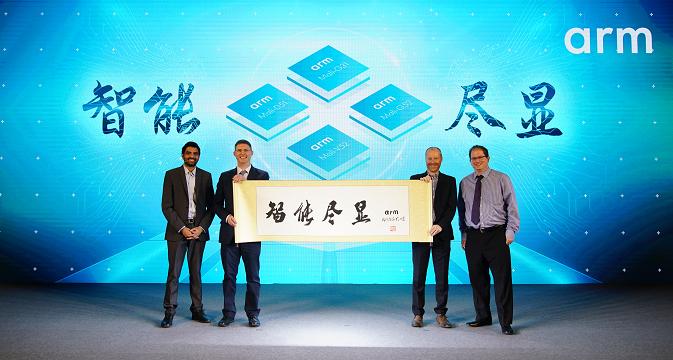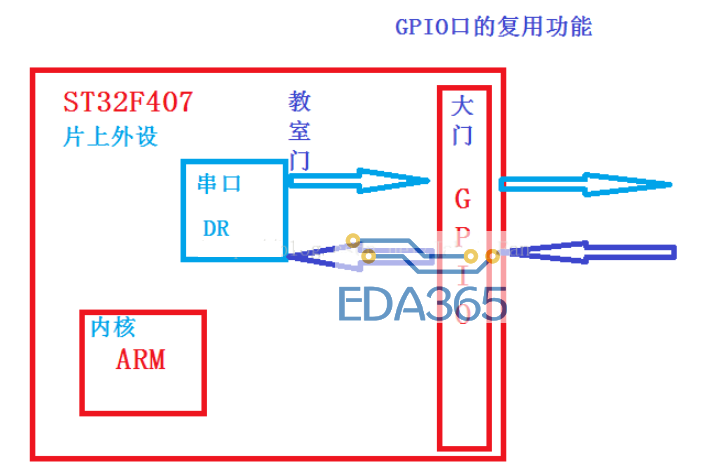2.4内核由于本身并不支持2410,移植起来较为烦琐,所以直接上2.6的版本.
1.准备工作
下载解压交叉编译工具,2.6的内核编译要用3.4.1版本的(arm-linux-gcc-3.4.1)ftp://ftp.handhelds.org/projects/toolchain/arm-linux-gcc-3.4.1.tar.bz2
下载解压2.6.14.1内核 ftp://ftp.kernel.org/pub/linux/kernel/v2.6/ .
之前文章已经说明不再赘述.
2.Flash分区管理
启动开发板,进入vivi,查看vivi的分区信息.
分区信息如下所示:
分区 | 起始地址 | 分区大小 | 分区作用 |
Part0 | 0x0 | 0x00020000 (128k) | bootloader |
Part1 | 0x00020000 | 0x00010000 (64k) | bootloader params |
Part2 | 0x00030000 | 0x001c0000 (1m+768k) | linux kernel |
Part3 | 0x00200000 | 0x00400000 (4m) | root filesystem |
Part4 | 0x00600000 | 0x03a00000 (58m) | usr filesystem |
根据实际需要也可相应的更改分区表.
3.修改Makefile
#vi Makefile
找到ARCH与CROSS_COMPILE,修改为
ARCH ?= arm
CROSS_COMPILE ?= /usr/local/arm/3.4.1/bin/arm-linux-
4.将Flash分区信息加入内核
#vi arch/arm/mach-s3c2410/devs.c
添加头文件:
#include
#include
#include
添加分区结构:
static struct mtd_partition partition_info[]={
{name:"bootloader",
offset:0,
size: 0x00020000,},
{name:"param",
offset:0x00020000,
size:0x00010000,},
{name:"kernel",
offset:0x00030000,
size:0x001c0000,},
{name:"root",
offset:0x00200000,
size:0x00400000,},
{name:"usr",
offset:0x00600000,
size:0x03a00000,}
};
struct s3c2410_nand_set nandset={
nr_partitions: 5, //分区数量
partitions: partition_info, //分区表
};
struct s3c2410_platform_nand superlpplatform={
//NAND Flash芯片支持
//参数意义可参考S3C2410手册
tacls: 0,
twrph0: 30,
twrph1: 0,
sets: &nandset,
nr_sets: 1,
};
修改s3c_device_nand,以加入NAND Flash驱动:
struct platform_device s3c_device_nand = {
.name = "s3c2410-nand", //设备名称
.id = -1, //有效设备编号,-1表示唯一设备
.num_resources = ARRAY_SIZE(s3c_nand_resource), //寄存器区的个数
.resource = s3c_nand_resource, //寄存器区的首地址
//添加如下信息,表示NAND Flash设备
.dev={
.platform_data=&superlpplatform
}
};
5.指定启动时的设备初始化
#vi arch/arm/mach-s3c2410/mach-smdk2410.c
修改:
static struct platform_device *smdk2410_devices[] __initdata = {
&s3c_device_usb,
&s3c_device_lcd,
&s3c_device_wdt,
&s3c_device_i2c,
&s3c_device_iis,
//添加如下信息
&s3c_device_nand,
};
6.禁止Flash ECC效验
内核通过vivi把数据写入NAND Flash,而vivi的ECC效验算法和内核的不同,内核的效验码是由NAND Flash控制器产生的,所以在此必须禁用NAND Flash ECC。
#vi drivers/mtd/nand/s3c2410.c
找到s3c2410_nand_init_chip函数,加入chip->eccmode的值为:
NAND_ECC_NONE
7.内核配置与编译
为了我们的内核支持devfs以及在启动时并在/sbin/init运行之前能自动挂载/dev为devfs文件系统,修改fs/Kconfig文件
#vi fs/Kconfig
找到menu "Pseudo filesystems"
添加如下语句:
config DEVFS_FS
bool "/dev file system support (OBSOLETE)"
default y
config DEVFS_MOUNT
bool "Automatically mount at boot"
default y
depends on DEVFS_FS
配置内核:
#cp arch/arm/configs/smdk2410_defconfig .config
#make menuconfig
在smdk2410_defconfig基础上,增删的内核配置项如下:
Loadable module support >
[*] Enable loadable module support
[*] Automatic kernel module loading
System Type >
[*] S3C2410 DMA support
Boot options >
Default kernel command string:
noinitrd root=/dev/mtdblock3 init=/linuxrc console=ttySAC0,115200
#说明:mtdblock2代表我的第3个flash分区,它是我的rootfs
# console=ttySAC0,115200使kernel启动期间的信息全部输出到串口0上.
# 2.6内核对于串口的命名改为ttySAC0,但这不影响用户空间的串口编程。
# 用户空间的串口编程针对的仍是/dev/ttyS0等
Floating point emulation >
[*] NWFPE math emulation
This is necessary to run most binaries!!!
Device Drivers >
Memory Technology Devices (MTD) >
[*] MTD partitioning support
#支持MTD分区,这样我们在前面设置的分区才有意义
[*] Command line partition table parsing
#支持从命令行设置flash分区信息,灵活
RAM/ROM/Flash chip drivers >
Detect flash chips by Common Flash Interface (CFI) probe
Detect nonCFI AMD/JEDECcompatible flash chips
Support for Intel/Sharp flash chips
Support for AMD/Fujitsu flash chips
Support for ROM chips in bus mapping
NAND Flash Device Drivers >
NAND Device Support
NAND Flash support for S3C2410/S3C2440 SoC
Character devices >
[*] Nonstandard serial port support
[*] S3C2410 RTC Driver
File systems >
<> Second extended fs support #去除对ext2的支持
Pseudo filesystems >
[*] /proc file system support
[*] Virtual memory file system support (former shm fs)
[*] /dev file system support (OBSOLETE)
[*] Automatically mount at boot (NEW)
#这里会看到我们前先修改fs/Kconfig的成果,devfs已经被支持上了
Miscellaneous filesystems >
Compressed ROM file system support (cramfs)
#支持cramfs
Network File Systems >
NFS file system support
编译内核:
#make zImage
8.加载内核
vivi>load flash kernel t
修改vivi启动参数:
vivi>param set linux_cmd_line “noinitrd root=/dev/mtdblock/3 init=/linuxrc console=ttySAC0,115200”
vivi>param save
『本文转载自网络,版权归原作者所有,如有侵权请联系删除』
 热门文章
更多
热门文章
更多









